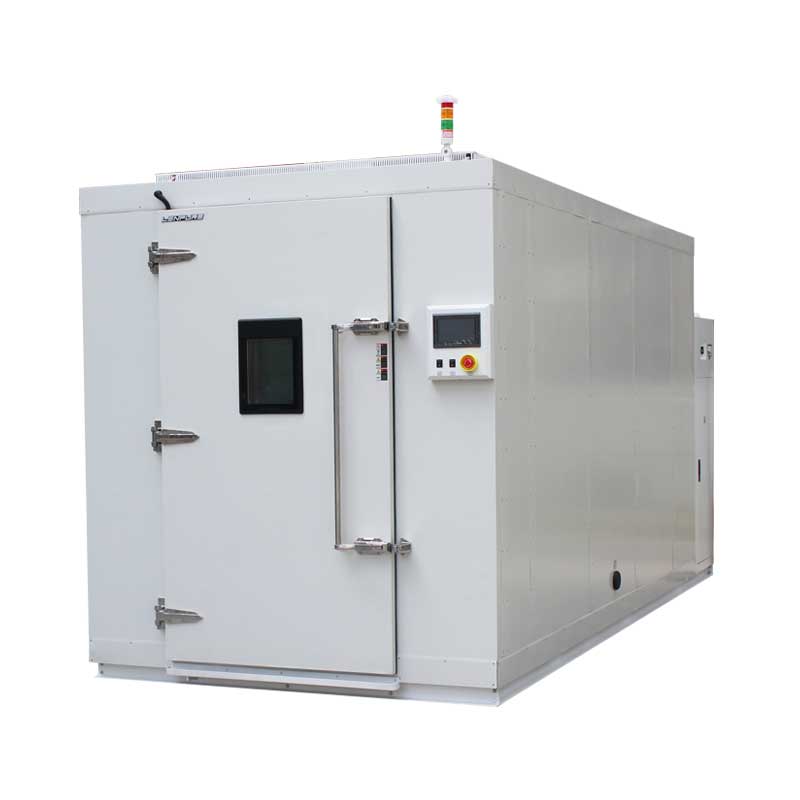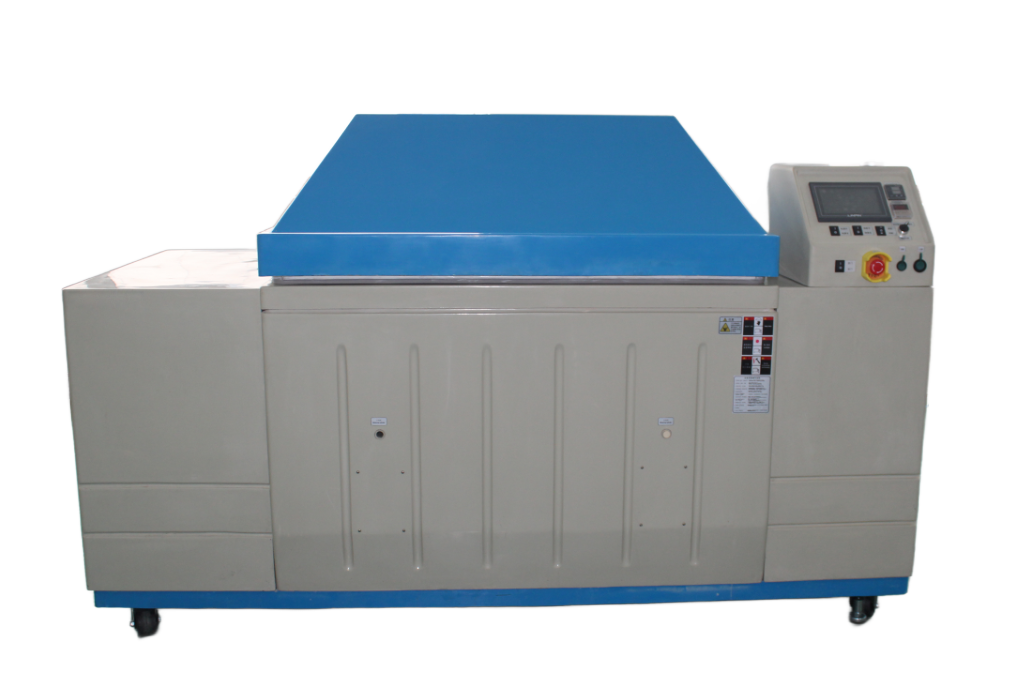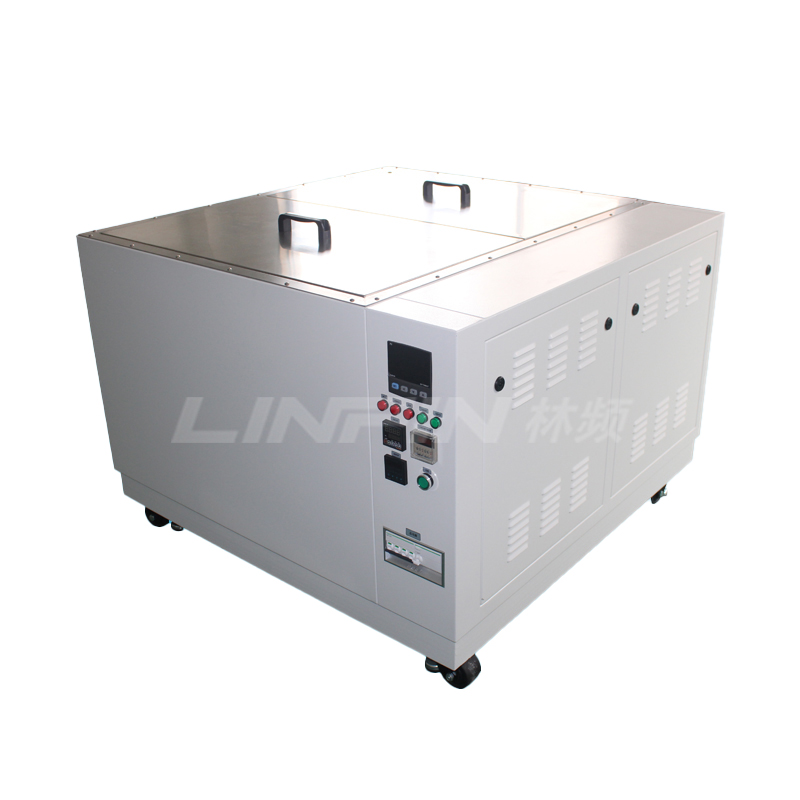The Practical Value of Low-Pressure Test Chambers
Author:LINPIN Update Time:2025-08-09 Source:LINPINA low-pressure test chamber is a device used to evaluate the voltage resistance of electronic components, electrical equipment, and insulating materials under low-pressure conditions. It primarily simulates low-pressure environments such as high-altitude or space conditions to assess the reliability and stability of equipment. The practical value of low-pressure test chambers is reflected in the following aspects:
1. Reliability Testing
Low-pressure test chambers can create varying degrees of low-pressure environments to simulate real-world extreme conditions. By testing the voltage resistance of equipment under low pressure, potential failures and issues can be identified in advance, ensuring product reliability.

2. Safety Evaluation
Some electronic components and devices may experience safety risks such as leakage or breakdown in low-pressure environments. Low-pressure test chambers can assess the insulation performance of equipment, evaluating its safety under such conditions.
3. Performance Optimization
The performance of electronic components and devices may vary under low-pressure conditions. Through low-pressure testing, manufacturers can analyze how equipment behaves at different pressure levels and make necessary optimizations and improvements.
In summary, low-pressure test chambers hold significant practical value in the R&D, production, and application of electronic components and devices that operate in low-pressure environments. They enhance product reliability and safety while aiding in performance optimization.





